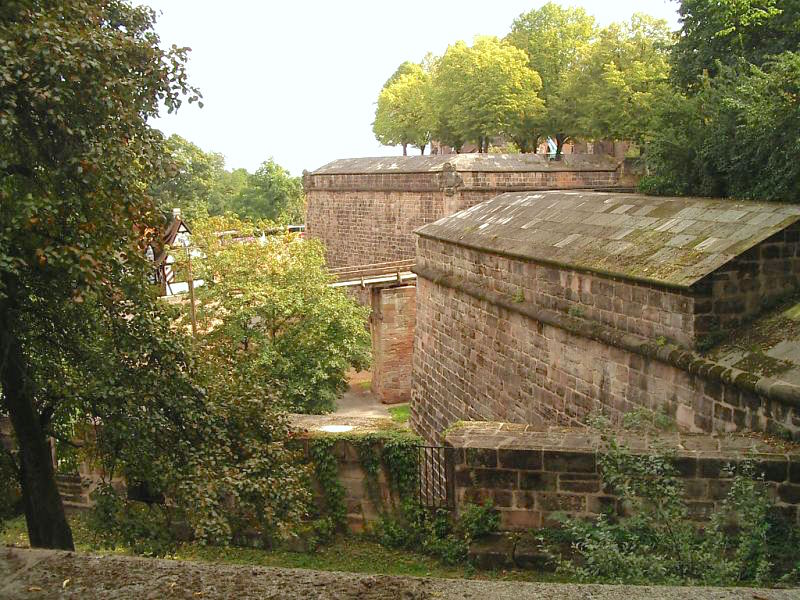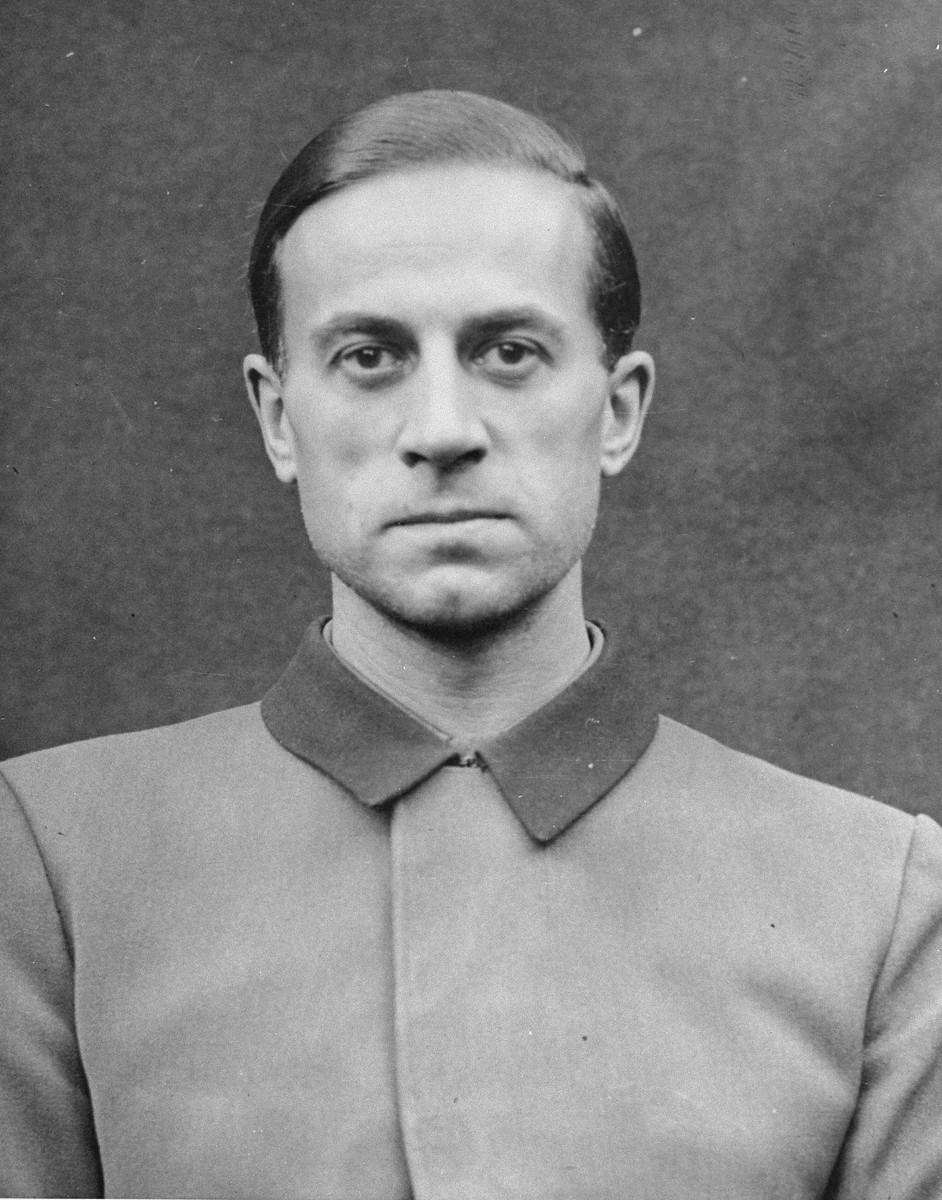|
Schloss Hartheim
Schloss Hartheim, also known as Hartheim Castle, is a castle at Alkoven in Upper Austria, some from Linz, Austria. It was built by Jakob von Aspen in 1600, and it is a prominent Renaissance castle in the country. The building became notorious as one of the centers for the Nazi killing program known as Action T4, in which German citizens deemed mentally or physically unfit were systematically killed with poison gas. After the end of Action T4 (August 1941), these killings were extended to include Jews, Communists and others considered undesirable by the state who were imprisoned in concentration camps. These people stem from various countries in the world. In this capacity it was known as the Hartheim Killing Facility. In sum 30.000 people (18.000 people with handicaps and mentally ill people, about 12.000 concentrations camp prisoners and forced laborers) were killed in Hartheim until the end of the year 1944. In 1898, Prince Camillo Heinrich Starhemberg (1835–1900) donated th ... [...More Info...] [...Related Items...] OR: [Wikipedia] [Google] [Baidu] |
Schloss Hartheim, Ansicht Von Südwesten
''Schloss'' (; pl. ''Schlösser''), formerly written ''Schloß'', is the German term for a building similar to a château, palace, or manor house. Related terms appear in several Germanic languages. In the Scandinavian languages, the cognate word ''slot''/''slott'' is normally used for what in English could be either a palace or a castle (instead of words in rarer use such as ''palats''/''palæ'', ''kastell'', or ''borg''). In Dutch, the word ''slot'' is considered to be more archaic. Nowadays, one commonly uses ''paleis'' or ''kasteel''. But in English, the term does not appear, for instance, in the United Kingdom, this type of structure would be known as a stately home or country house. Most ''Schlösser'' were built after the Middle Ages as residences for the nobility, not as true fortresses, although originally, they often were fortified. The usual German term for a true castle is ''burg'', that for a fortress is ''festung'', and — the slightly more archaic term — ''v ... [...More Info...] [...Related Items...] OR: [Wikipedia] [Google] [Baidu] |
Bishops Of Passau
The Diocese of Passau is a Roman Catholic diocese in Germany that is a suffragan of the Archdiocese of Munich and Freising."Diocese of Passau" '' Catholic-Hierarchy.org''. David M. Cheney. Retrieved February 29, 2016"Diocese of Passau" ''GCatholic.org''. Gabriel Chow. Retrieved February 29, 2016 Though similar in name to the Prince-Bishopric of Passau—an ecclesiastical principality that existed for centuries until it was |
Nuremberg
Nuremberg ( ; german: link=no, Nürnberg ; in the local East Franconian dialect: ''Nämberch'' ) is the second-largest city of the German state of Bavaria after its capital Munich, and its 518,370 (2019) inhabitants make it the 14th-largest city in Germany. On the Pegnitz River (from its confluence with the Rednitz in Fürth onwards: Regnitz, a tributary of the Main (river), River Main) and the Rhine–Main–Danube Canal, it lies in the Bavarian Regierungsbezirk, administrative region of Middle Franconia, and is the largest city and the unofficial capital of Franconia. Nuremberg forms with the neighbouring cities of Fürth, Erlangen and Schwabach a continuous conurbation with a total population of 800,376 (2019), which is the heart of the urban area region with around 1.4 million inhabitants, while the larger Nuremberg Metropolitan Region has approximately 3.6 million inhabitants. The city lies about north of Munich. It is the largest city in the East Franconian dialec ... [...More Info...] [...Related Items...] OR: [Wikipedia] [Google] [Baidu] |
Doctors' Trial
The Doctors' Trial (officially ''United States of America v. Karl Brandt, et al.'') was the first of 12 trials for war crimes of high-ranking German officials and industrialists that the United States authorities held in their occupation zone in Nuremberg, Germany, after the end of World War II. These trials were held before US military courts, not before the International Military Tribunal, but took place in the same rooms at the Palace of Justice. The trials are collectively known as the "subsequent Nuremberg trials", formally the "Trials of War Criminals before the Nuremberg Military Tribunals" (NMT). Twenty of the twenty-three defendants were medical doctors and were accused of having been involved in Nazi human experimentation and mass murder under the guise of euthanasia. The indictment was filed on 25 October 1946; the trial lasted from 9 December that year until 20 August 1947. Of the 23 defendants, seven were acquitted and seven received death sentences; the re ... [...More Info...] [...Related Items...] OR: [Wikipedia] [Google] [Baidu] |
Alice Ricciardi-von Platen
Alice Ricciardi von Platen (April 28, 1910 – February 23, 2008), born Alice von Platen-Hallermund, was an Italian physician and psychoanalyst of German descent. She is best known as the author of ''Nazism and euthanasia of the mentally ill in Germany'' (''Die Tötung Geisteskranker'' in German), the world's first documentary about the mass-murder of disabled and mentally ill persons by the Nazi regime. For a few years before World War II, and permanently beginning in 1967, she lived in Italy, where in the 1970s she was one of the first group analysts. Life and work Alice Ricciardi-von Platen was the youngest of the four daughters of Count Carl von Platen-Hallermund (1870–1919) and Elizabeth Alten (1875–1970); she grew up on the Weissenhaus estate in Schleswig-Holstein. Her father died early. She attended the boarding school Schule Schloss Salem, which was then under the leadership of Kurt Hahn. After completing her medical studies in Munich in 1934 and a subsequent clini ... [...More Info...] [...Related Items...] OR: [Wikipedia] [Google] [Baidu] |
Werner Heyde
Werner Heyde (aka Fritz Sawade) (25 April 1902 – 13 February 1964) was a German psychiatrist. He was one of the main organizers of Nazi Germany's T-4 Euthanasia Program. Early life Heyde was born in Forst (Lausitz), on May 25, in 1902, and completed his Abitur in 1920. From 1922-1925, he studied medicine in Berlin, Freiburg, Marburg, Rostock and Würzburg and after short placements at the General Hospital in Cottbus and the sanatorium Berlin-Wittenau became assistant doctor at the ''Universitätsnervenklinik'' (university psychiatric hospital) in Würzburg. He obtained his licence to practice medicine in 1926, having completed all courses throughout his studies with top marks. Career until 1945 In 1933, Heyde made the acquaintance of Theodor Eicke, and became a member of the NSDAP. One year later, he was appointed director of the polyclinic in Würzburg. In 1935, he entered the SS as medical officer with the rank of ''SS-Hauptsturmführer'', and became commander of the medical ... [...More Info...] [...Related Items...] OR: [Wikipedia] [Google] [Baidu] |
Würzburg University
Würzburg (; Main-Franconian: ) is a city in the region of Franconia in the north of the German state of Bavaria. Würzburg is the administrative seat of the ''Regierungsbezirk'' Lower Franconia. It spans the banks of the Main River. Würzburg is situated approximately east-southeast of Frankfurt am Main and approximately west-northwest of Nuremberg (). The population (as of 2019) is approximately 130,000 residents. The administration of the ''Landkreis Würzburg'' ( district of Würzburg) is also located in the town. The regional dialect is East Franconian. History Early and medieval history A Bronze Age (Urnfield culture) refuge castle, the Celtic Segodunum,Koch, John T. (2020)CELTO-GERMANIC Later Prehistory and Post-Proto-Indo-European vocabulary in the North and West p. 131 and later a Roman fort, stood on the hill known as the Leistenberg, the site of the present Fortress Marienberg. The former Celtic territory was settled by the Alamanni in the 4th or 5th cen ... [...More Info...] [...Related Items...] OR: [Wikipedia] [Google] [Baidu] |
Karl Brandt (physician)
Karl Brandt (8 January 1904 – 2 June 1948) was a German physician and ''Schutzstaffel'' (SS) officer in Nazi Germany. Trained in surgery, Brandt joined the Nazi Party in 1932 and became Adolf Hitler's escort doctor in August 1934. A member of Hitler's inner circle at the Berghof, he was selected by Philipp Bouhler, the head of Hitler's Chancellery, to administer the ''Aktion T4'' euthanasia program. Brandt was later appointed the Reich Commissioner of Sanitation and Health (''Bevollmächtigter für das Sanitäts- und Gesundheitswesen''). Accused of involvement in human experimentation and other war crimes, Brandt was indicted in late 1946 and faced trial before a U.S. military tribunal along with 22 others in '' United States of America v. Karl Brandt, et al.'' He was convicted, sentenced to death, and hanged on 2 June 1948. Early life Brandt was born in Mulhouse in the then German Alsace-Lorraine territory (now in Haut-Rhin, France) into the family of a Prussian Army off ... [...More Info...] [...Related Items...] OR: [Wikipedia] [Google] [Baidu] |
Mauthausen-Gusen Concentration Camp
Mauthausen was a Nazi concentration camp on a hill above the market town of Mauthausen, Upper Austria, Mauthausen (roughly east of Linz), Upper Austria. It was the main camp of a group with List of subcamps of Mauthausen, nearly 100 further Subcamp (SS), subcamps located throughout Austria and southern Germany. The three Gusen concentration camps in and around the village of Sankt Georgen an der Gusen, St Georgen/Gusen, just a few kilometres from Mauthausen, held a significant proportion of prisoners within the camp complex, at times exceeding the number of prisoners at the Mauthausen main camp. The Mauthausen main camp operated from 8 August 1938, several months after the German annexation of Austria, to 5 May 1945, when it was liberated by the United States Army. Starting with the camp at Mauthausen, the number of subcamps expanded over time. In January 1945, the camps contained roughly 85,000 inmates. As at other Nazi concentration camps, the inmates at Mauthausen and it ... [...More Info...] [...Related Items...] OR: [Wikipedia] [Google] [Baidu] |
Dachau Concentration Camp
Dachau () was the first concentration camp built by Nazi Germany, opening on 22 March 1933. The camp was initially intended to intern Hitler's political opponents which consisted of: communists, social democrats, and other dissidents. It is located on the grounds of an abandoned munitions factory northeast of the medieval town of Dachau, about northwest of Munich in the state of Bavaria, in southern Germany. After its opening by Heinrich Himmler, its purpose was enlarged to include forced labor, and, eventually, the imprisonment of Jews, Romani, German and Austrian criminals, and, finally, foreign nationals from countries that Germany occupied or invaded. The Dachau camp system grew to include nearly 100 sub-camps, which were mostly work camps or , and were located throughout southern Germany and Austria. The main camp was liberated by U.S. forces on 29 April 1945. Prisoners lived in constant fear of brutal treatment and terror detention including standing cells, flog ... [...More Info...] [...Related Items...] OR: [Wikipedia] [Google] [Baidu] |
Carbon Monoxide
Carbon monoxide ( chemical formula CO) is a colorless, poisonous, odorless, tasteless, flammable gas that is slightly less dense than air. Carbon monoxide consists of one carbon atom and one oxygen atom connected by a triple bond. It is the simplest molecule of the oxocarbon family. In coordination complexes the carbon monoxide ligand is called carbonyl. It is a key ingredient in many processes in industrial chemistry. The most common source of carbon monoxide is the partial combustion of carbon-containing compounds, when insufficient oxygen or heat is present to produce carbon dioxide. There are also numerous environmental and biological sources that generate and emit a significant amount of carbon monoxide. It is important in the production of many compounds, including drugs, fragrances, and fuels. Upon emission into the atmosphere, carbon monoxide affects several processes that contribute to climate change. Carbon monoxide has important biological roles across phylog ... [...More Info...] [...Related Items...] OR: [Wikipedia] [Google] [Baidu] |






.jpg)

